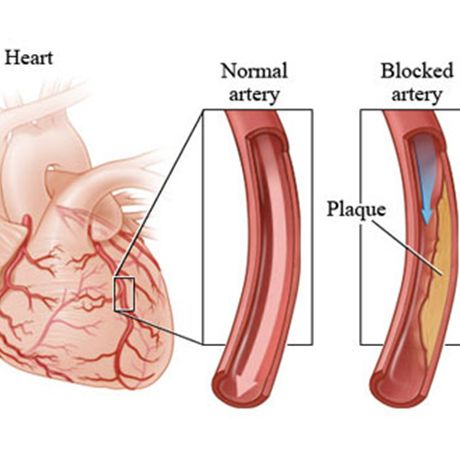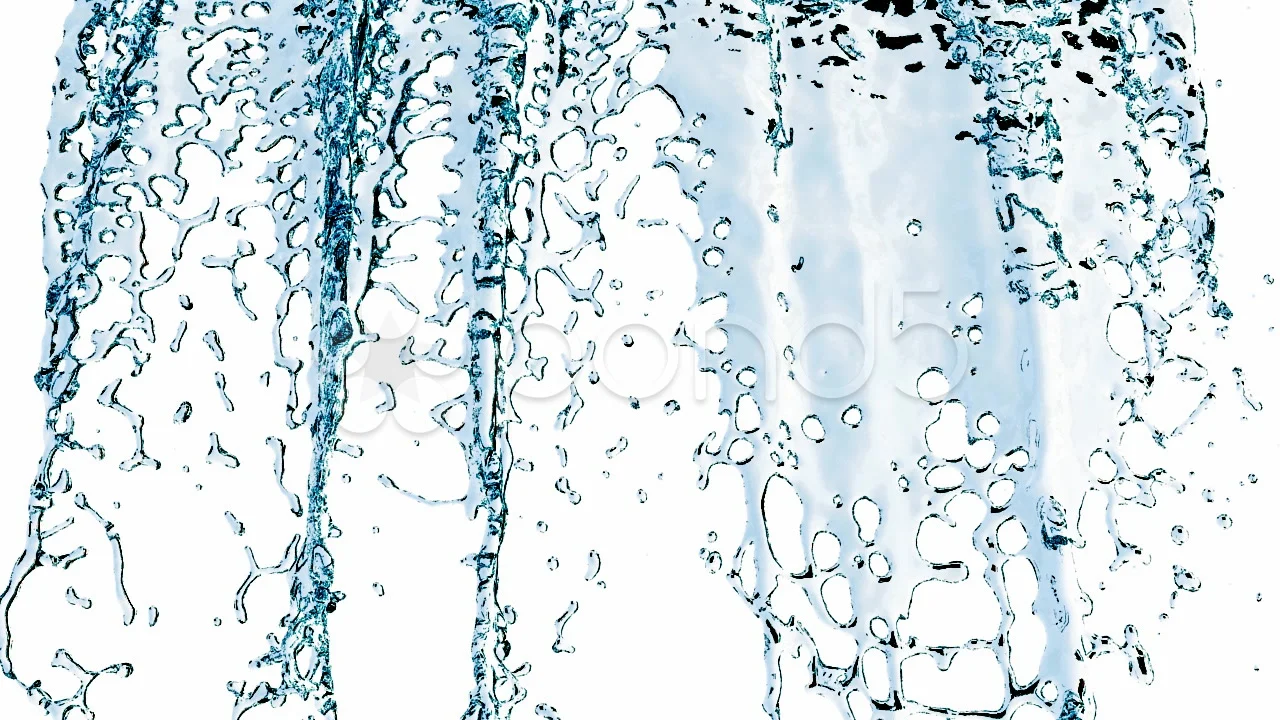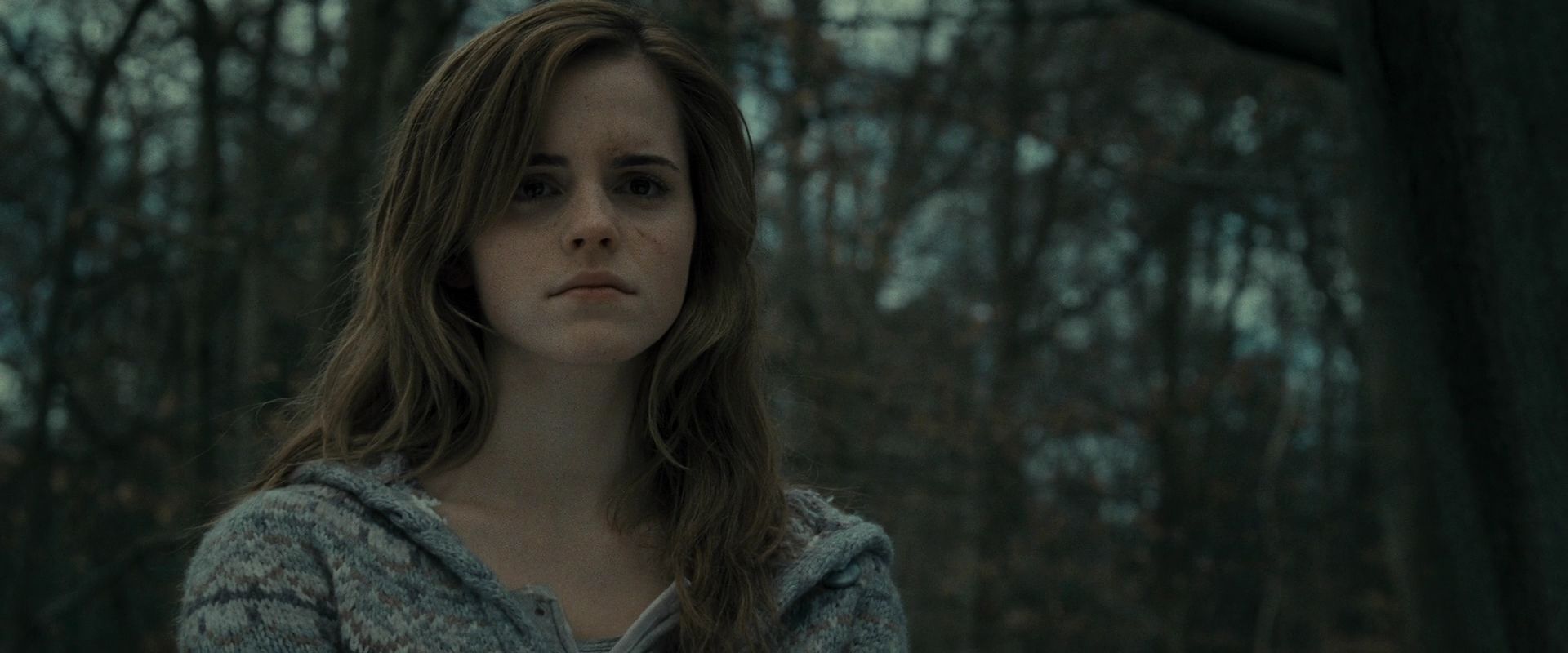Anatomy of the heart
Data: 3.09.2018 / Rating: 4.7 / Views: 606Gallery of Video:
Gallery of Images:
Anatomy of the heart
The heart is the organ that helps supply blood and oxygen to all parts of the body. Heart anatomy focuses on the structure and function of the heart. A Beginners Guide to Normal Heart Function, Sinus Rhythm Common Cardiac Arrhythmias. The heart itself is made up of 4 chambers, 2 atria and 2 ventricles. Anatomy of the Heart Review Sheet 30 251 Gross Anatomy of the Human Heart 1. An anterior view of the heart is shown here. Match each structure listed on the left with the correct key letter: 1. superior vena cava The heart is an organ found in every vertebrate. It is a very strong muscle that is about the size of a fist. It is a very strong muscle that is about the size of a fist. It pumps blood throughout the body. Each half of the heart has an upper collecting chamber (the atrium), and a lower pumping chamber (the ventricle). You can remember their location, because A comes before V the atrium is above the ventricle. The heart is a muscular organ about the size of a fist, located just behind and slightly left of the breastbone. The heart pumps blood through the network of arteries and veins called the. Heart: Heart, organ that serves as a pump to circulate the blood. It may be a straight tube, as in spiders and annelid worms, or a somewhat more elaborate structure with one or more receiving chambers (atria) and a main pumping chamber (ventricle), as in mollusks. In fishes the heart is a folded tube. Anatomy and Physiology of The Heart diagram of the heart blood circulation anatomy of the heart muscle anatomy anatomy coloring book heart diseases what is heart disease the human heart human body. Basic anatomy and function of the heart The heart is a muscular organ that pumps blood to all the tissues in your body through a network of blood vessels. The right side of the heart pumps blood through the lungs where it picks up oxygen. The Anatomy of the Heart By Wendy Dusek. In this animated and interactive object, learners identify the valves and chambers of the heart. Heart 3D Atlas of Anatomy Lite Heart 3D Atlas of Anatomy allows you to rotate a highly realistic 3D heart model as it was in your hands. The anatomical heart 3D model is Anatomy of the Human Heart; Anatomy of the Human Heart Sep 28, 2018. The heart is a muscular pump with four chambers and an equal number of valves. The two chambers at the top of the heart are known as the atria, a right and a left. Describe and explain the function of the circulatory system The circulatory system consists of the heart, the blood vessels (veins, arteries, and capillaries), and the blood. The heart is a fourchambered muscular organ. An Online Interactive Study Guide to Tutorials and quizzes on the anatomy and physiology of the heart, using interactive animations and diagrams. Anatomy of the Human Body Henry Gray The Bartleby. com edition of Grays Anatomy of the Human Body features 1, 247 vibrant engravingsmany in colorfrom the classic 1918 publication, as well as a subject index with 13, 000 entries ranging from the Antrum of Highmore to the Zonule of Zinn. THE HEART Lecture on Anatomy of the Heart ( Slideshare uses cookies to improve functionality and performance, and to provide you with relevant advertising. If you continue browsing the site, you agree to the use of cookies on this website. The chambered muscular organ in vertebrates that pumps blood received from the veins into the arteries, thereby maintaining the flow of blood through the entire circulatory system. A similarly functioning structure in invertebrates. The area that is the approximate location of the heart in the body; the breast. Enjoy this great info sheet all about the human heart, one of our most important organs. Your child will learn the different parts of the heart, and read a bit about how it works. To learn more about the body, see our series of Human Anatomy sheets. A Doctor walks you through an animated video about the amazing human heart. the mitral valve (anchord to chordae tendineae) allows the blood to flow from the left atrium into left ventricle, tricuspid valve stops backflow of blood between the two (mitral and tricuspid valves). The human heart is an organ that pumps blood throughout the body via the circulatory system, supplying oxygen and nutrients to the tissues and removing carbon dioxide and other wastes. The vital importance of the heart is obvious. If one assumes an average rate of contraction of 75 contractions per minute, a human heart would contract approximately 108, 000 times in one day, more than 39 million times in one year, and nearly 3 billion times during a 75year lifespan. The conduction system includes several components. The first part of the conduction system is the [glossary term: sinoatrial node. Without any neural stimulation, the sinoatrial node rhythmically initiates impulses 70 to 80 times per minute. The atrioventricular valves connect an atrium and a ventricle: between the right atrium and right ventricle is the tricuspid valve and between the left atrium and left ventricle is the mitral valve. The semilunar valves are valves at the blood's exit points from the heart: the pulmonary valve opens from the right ventricle into the pulmonary artery, and the aortic valve. Heart 3D Atlas of Anatomy allows you to rotate a highly realistic 3D heart model as it was in your hands. The human heart anatomical 3D model is revolvable in any direction giving a 360 view of the object. the anatomy of the heart is viewed from the right side of the supine patient via a median sternotomy incision. The structures initially seen from this perspective include the superior vena cava, right atrium, right ventricle, pulmonary artery, and aorta. The medical information on this site is provided as an information resource only, and is not to be used or relied on for any diagnostic or treatment purposes. Anatomy is the science that studies the structure of the body. On this page, you'll find links to descriptions and pictures of the human body's parts and organ systems from head to toe. Anatomy of the human heart and coronaries: how to visualize anatomic structures This tool provides access to several medical illustrations, allowing the user to interactively discover heart anatomy. Images are labelled, providing an invaluable medical and anatomical tool. Several imaging methods can be used to assess the anatomy and function of the heart, including ultrasound (echocardiography), angiography, CT scans, MRI and PET. An echocardiogram is an ultrasound of the heart used to measure the heart's function, assess for. Anatomy of the Heart: Aorta Share Flipboard Email Print This is a posterior view of the heart showing the aorta arching and descending to the lower areas of the body. Lauren Shavell Design Pics Getty Images Science. Biology Anatomy Basics Cells Genetics Organisms Physiology Anatomy of the Heart. Your heart is located under your ribcage in the center of your chest between your right and left lungs. Its muscular walls beat, or contract, pumping blood to all parts of your body. The size of your heart can vary depending on your age, size, and the condition of your heart. A normal, healthy, adult heart usually is the. Anatomy and Physiology Test Prep Anatomy and Physiology Test Prep Review; Anatomy and Chemistry Basics Quiz: What is Anatomy and Physiology? Quiz: The Heart Anatomy and Physiology Test Prep Review Quiz: What is Anatomy and Physiology? Atoms, Molecules, Ions, and Bonds Quiz: Atoms, Molecules, Ions, and Bonds. Heart Anatomy Your heart is located between your lungs in the middle of your chest, behind and slightly to the left of your breastbone (sternum). A doublelayered membrane called the pericardium surrounds your heart like a sac. Anatomy of a Heart Attack The heart is a complex organ and can be affected by diseases that impact the muscle, the valves or the vessels. Coronary artery disease, as a result of deposition of cholesterol in the wall of the arteries that supply blood flow to the heart, is the most common type of heart disease. The heart is a muscular organ about the size of a closed fist that functions as the bodys circulatory pump. It takes in deoxygenated blood through the veins and delivers it to the lungs for oxygenation before pumping it into the various arteries (which provide oxygen and nutrients to body tissues by transporting the blood throughout the body). Human heart anatomy from a healthy body isolated on white background as a medical health care symbol of an inner cardiovascular organ. Human heart anatomy Pathway of blood flow through the heart medical structure of the heart anatomy, illustration Vintage Anatomy Heart Engraving Illustration Black and. eAnatomy is an awardwinning interactive atlas of human anatomy. It is the most complete reference of human anatomy available on web, iPad, iPhone and android devices. Explore over 5400 anatomic structures and more than 375 000 translated medical labels. The heart and circulatory system make up your cardiovascular system. Your heart works as a pump that pushes blood to the organs, tissues, and cells of your body. Blood delivers oxygen and nutrients to every cell and removes the carbon dioxide and waste products made by those cells. The heart is located under the rib cage, to the left of your breastbone (sternum) and between your lungs. Continued Looking at the outside of the heart, you can see that the heart is made of muscle. The heart is a mostly hollow, muscular organ composed of cardiac muscles and connective tissue that acts as a pump to distribute blood throughout the bodys tissues. In your body, blood flows within a closed circuit of blood vessels. Blood is able to circulate around your body thanks to a muscular pump known as your heart. com, a free educational resource for learning about human anatomy and physiology. Explore the anatomy systems of the human body. About the heart: The heart is the hardest working muscle in the human body. Located almost in the center of the chest, the adult human heart is about the size of two fists held sidebyside. Anatomy Study 2016 for Anatomy Of The Heart Exercise you can see Anatomy Of The Heart Exercise 20 and more pictures for Anatomy And Physiology at Anatomy Learn. John is the disciple whom Jesus loved he signifies he faculty of love represented by the back of the Heart. 12 Powers of Man by Charles Fillmore. The heart consists of four chambers and is divided into left and right by a wall of muscle called the septum. The right side of the heart consists of an atrium which receives blood returning from the body, and the right ventricle, which then pumps blood out to the lungs, via the pulmonary artery. Heart 3D Atlas of Anatomy allows you to rotate a highly realistic 3D heart model as it was in your hands. The human heart anatomical 3D model is revolvable in. Related to Heart (anatomy): Heart valves Heart, river, 180 mi (290 km) long, rising in the low prairie country near the Little Missouri River, SW N. , and flowing E to the Missouri at Mandan, N. Heart anatomy The heart is divided into 4 chambers: 2 on the right hand side and 2 on the left. Each upper chamber is known as an atrium and each lower chamber as a ventricle. Anatomy (Greek anatom, dissection) is the branch of biology concerned with the study of the structure of organisms and their parts. The heart resembles that of the amphibian but there is a septum which more completely separates the oxygenated and deoxygenated bloodstreams.
Related Images:
- Web design responsivo maujor
- Clint eastwood castellano
- Half life ag
- Office 2018 sp1 spanish
- Wes montgomery willow weep for me
- Learn italian audio
- Le fils a jo
- Windows 48 in
- Daz3d genesis resource
- Handbook of Dystonia
- The commander s03
- Wir kinder vom bahnhof zoo dvdrip
- The noise 2 live
- Falling skies 2 temporada
- The vampire diaries season 1 and 2
- Advanced black and white
- La reina del sur
- Tori black school
- Wallander Uk S01E02
- Girlsdoporn episode 123
- 2 states mp3
- Anthony robbins complete
- Game of thrones s03e10 avi
- Classical Electromagnetism
- National geographic inside global underworld
- Unleashed 2 crack
- Akai kodan zillion
- Bam margera presents where the is santa
- October 05 2018
- Harry potter dansk
- Tomb raider lara croft
- Common core grade 5 math rubric
- The last elvis
- Ruby programming for the absolute beginner pdf
- Age of ultron teaser
- Worth Publishers Test Banks And Solutions
- Ulead videostudio se dvd ulead videostudio 10
- Drake more than enough
- U s trademark law
- Through the eyes of the dead
- Best of fleetwood mac
- 2004 Suzuki Eiger 400 4x4 Manuals
- Libro Los Secretos Del Infierno Pdf
- Tess Of The D Study Guide Answers
- As long as you
- OneVideo Video Community
- Beyblade series 2
- The old man and the sea
- Earth wind fire discography
- Insect Ultrastructure
- Mathway crack ios apps
- Amazing skins for genesis 2
- Understanding Viruses Edition 2
- Son vegas pro crack
- Strength of materials r s khurmi
- Malena morgan twistys
- Quick books pro
- Kon kan kon kan
- Lupin red ita
- Manuale Officina Gilera Gp 800 Pdf
- Uc browser 6 3 handler jar
- Brother where are thou
- Led zeppelin 1080p
- Bad girls s02e07
- Joe budden she dont
- Wwe smackdown 1999
- Ts venus lux
- Nuramon
- Ost to pst 2017 converter
- Car 2018 august
- Rigby Literacy Beginning Level Correlation Chart
- Altaf Gohar Book
- No se Aceptan Devoluciones
- Court henry viii
- X art cindy
- Haier Tv Usb Port
- Developing Management Skills 9Th Edition Pdf
- Tom jones is
- Free download ghost rider 2 movie in hindi hd torrent
- Numerical Methods Balagurusamy
- Catching fire movi
- DC Universe 52 Week 102
- Green hornet screener
- Hot music video
- Essential academic vocabulary helen huntley answer












